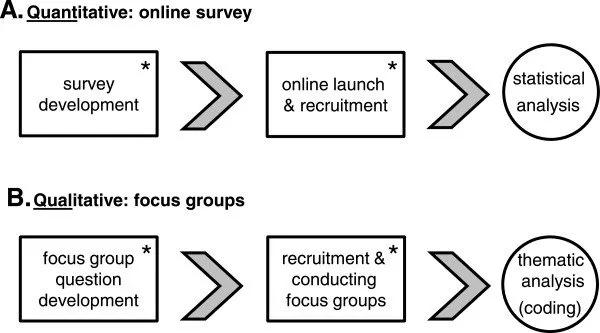
Data Collection Process
This process is called as the research design and can be characterized into two classifications: Positivist and Interpretive.
Positivist
Gone for theory testing. It utilize a deductive approach to research, beginning with a theory and testing theoretical proposes utilizing empirical data. Positivist research utilizes dominatingly quantitative data, yet can likewise utilize qualitative data
Interpretive
Utilize an inductive approach that begins with data and attempts to determine a theory about the marvel of interest from the watched data. As a rule, these techniques are erroneously likened with quantitative and qualitative research. Interpretive research depends intensely on qualitative data, yet can sometimes profit by including quantitative data also. Sometimes, joint utilization of qualitative and quantitative data may help produce special knowledge into an intricate social wonder that are not accessible from either sorts of data alone.

Internal Validity
Internal validity, additionally called causality, inspects whether the watched change in a dependent variable is surely caused by a relating change in conjectured independent variable, and not by variables unessential to the research setting.
Required conditions of Causality
Different designs, for example, field surveys, are poor in internal validity because of their failure to control the independent variable, and because cause and effect are measured at a similar point in time which massacres temporal precedence making it similarly likely that the normal effect may have impacted the normal cause instead of the switch. Albeit higher in internal validity contrasted with different strategies, laboratory experiments are, in no way, shape or form, insusceptible to dangers of internal validity, and are helpless to history, testing, instrumentation, relapse, and different dangers.
External Validity
External validity or generalizability alludes to whether the watched affiliations can be generalized from the example to the population, or to other individuals, associations, settings, or time. For example, can comes about drawn from an example of financial firms in the United States be generalized to the population of financial firms or to different firms inside the United States?
Survey research, where data is sourced from a wide assortment of people, firms, or different units of investigation, has a tendency to have more extensive generalizability than laboratory experiments where falsely devised medications and solid control over incidental variables render the discoveries less generalizable to real-life settings where medicines and unessential variables can't be controlled.
A few researchers guarantee that there is a tradeoff amongst internal and external validity, higher external validity can come just at the cost of internal validity and the other way around. Yet, this isn't generally the case.

Research with higher validity of both internal and external:
Construct Validity
Construct validity inspects how well a given measurement scale is estimating the theoretical construct that it is required to measure. Numerous constructs utilized as a part of social science research, for example, empathy, protection from change, and authoritative learning are hard to characterize, considerably less measure. For example, construct validity must guarantee that a measure of empathy is for sure estimating empathy and not compassion, which might be troublesome since these constructs are to some degree comparative in importance.
Statistical Conclusion Validity
Statistical conclusion validity looks at the degree to which conclusions determined utilizing a statistical technique is substantial. For instance, it looks at whether the privilege statistical technique was utilized for theory testing, regardless of whether the variables utilized meet the suspicions of that statistical test. Because interpretive research designs don't utilize statistical test, statistical conclusion validity isn't relevant for such investigation.

References:
Research Design
Basic Research Designs
Empirical Research
The Process of Empirical Research
Different research designs and their characteristics
Qualities of a Research Design
Validity in Experimental Research